The Nancy Fine Arts Museum is Lorraine’s most visited museum after the Pompidou Centre in Metz with over 100,000 visitors each year. The works of art are brilliantly displayed in a beautiful 18th-century pavilion ideally located on the famous Place Stanislas.
The Museum’s Pavilion

The Museum of Fine Arts of Nancy is housed in one of the four large pavilions built on the Place Stanislas in 1755 dedicated to the College of Medicine. The museum, one of France’s oldest of the kind, was created in 1793 and is known as the Musée des Beaux-Arts de Nancy.
With the restoration of the basement, the remains of the 15th to 17th-century fortifications including a barbican are now visible in the auditorium and around the Daum exhibition hall. This portion of fortification was that of the Haussonville Bastion. This vestige is a reminder that the museum was originally built on a site located between the Ville-Vieille (old town) and the Ville Neuve (new town).
Models and charts of historic Nancy reveal how the town used to look from the Middle Ages to the end of the 18th century.
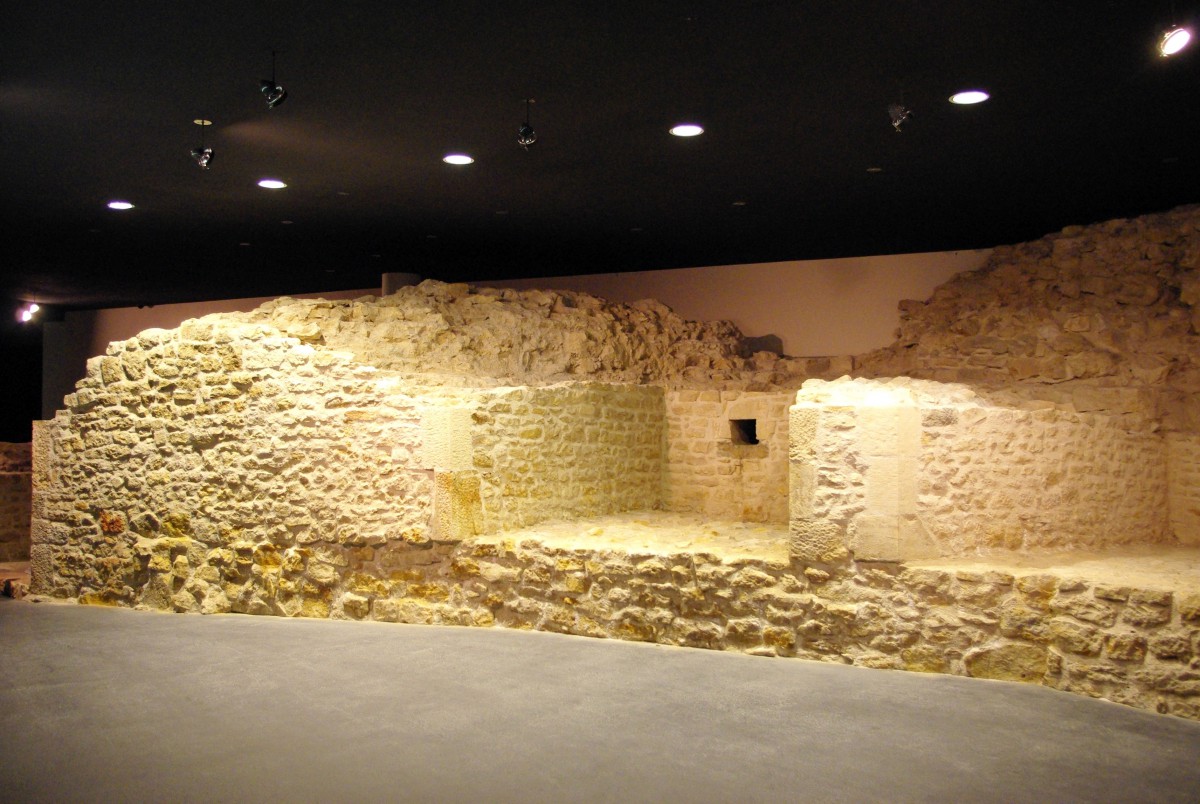
The museum covers four floors. The ground floor is connected to the first and second levels by a great staircase with wrought-iron work by Jean Lamour.
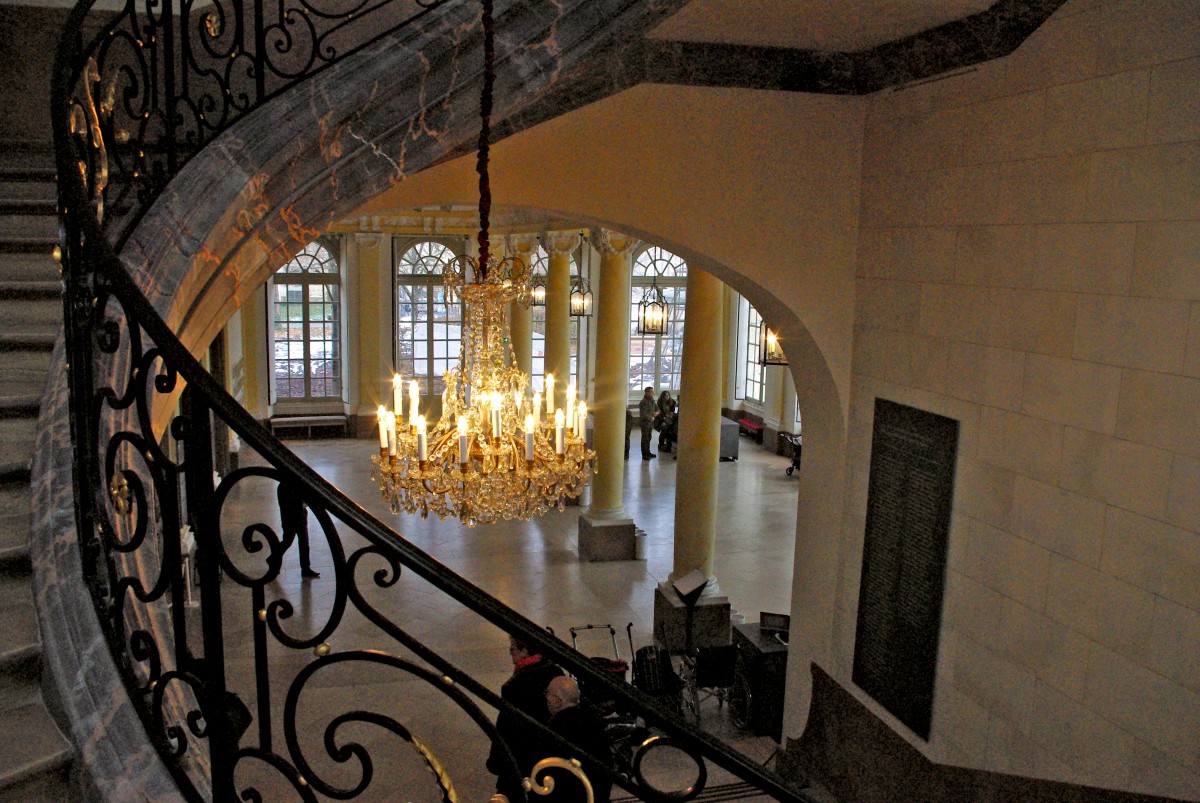
Due to the constantly increasing size of the collections, enlargement of the exhibition venue became necessary to the end of the 20th century. This led to an important extension in 1999 entailing a complete reorganisation of the museum in order to open its doors to children and adults alike.
An auditorium, temporary exhibition galleries, children’s workshops, a book shop and the Friends of the Museum Association, all propose a large variety of cultural events.
The Collections
The collections of the Fine Arts Museum are displayed with subtle use of light effects on a total surface of 9,000 m2.
On display are works representing every European school of art, spanning a period from the 14th to the 21st centuries. The museum’s painting collections include a series of works by Perugino, Tintoretto, Caravaggio, Rubens, Eugène Delacroix, Édouard Manet, Claude Monet, Modigliani, Raoul Dufy, Picasso, Jan Brueghel the Younger… to name but a few. A visit to the museum progressively takes you towards works by contemporary French and foreign artists.
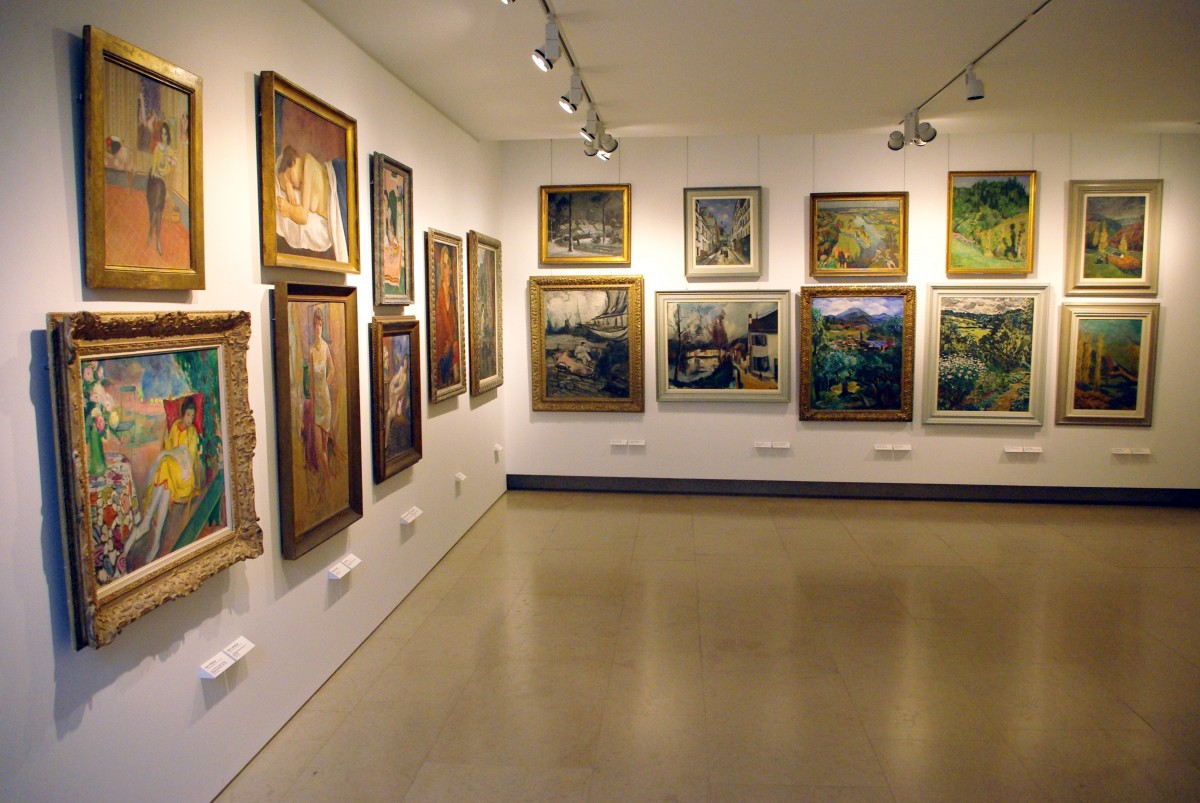
The works by famous painters from Lorraine of great renown include those of Claude le Lorrain, Georges de la Tour, Emile Friant, Victor Prouvé, Etienne Cournault, Jules-Bastien Lepage…
The collections also feature sculptures by Rodin, Maillol, Zadkine, César, Dietman…
The Print Room periodically exhibits works taken from its rich collection of sketches, prints and engravings. It contains 787 precious engravings by Jacques Callot and 1,400 drawings by Grandville.
In 1999, the Pompidou Centre gave to the museum the work of Japanese artist Yayoi Kusama: Infinity Mirror Room fireflies on the water. Built inside a small dark room with mirrors on all sides, the exhibit consists of 150 small lights suspended over a small pool.
Children (and adults!) will enjoy searching for a focus point in the endless mirage of reflections.
Finally, the Daum crystal collection located in the basement of the museum, surrounded by the remains of the fortifications, is the highlight of the visit. It is estimated that the glassware collection accounts for 30% of the Fine Arts Museum’s visitors. An original scenographic display enhances the 300 masterpieces of Nancy’s well-known glasswork manufacture from its foundation in the 1800s to the 1990s. The Fine Arts Museum of Nancy is considered by specialists to be the reference glassware collection in France and keeps no less than 725 glassware items from Daum.
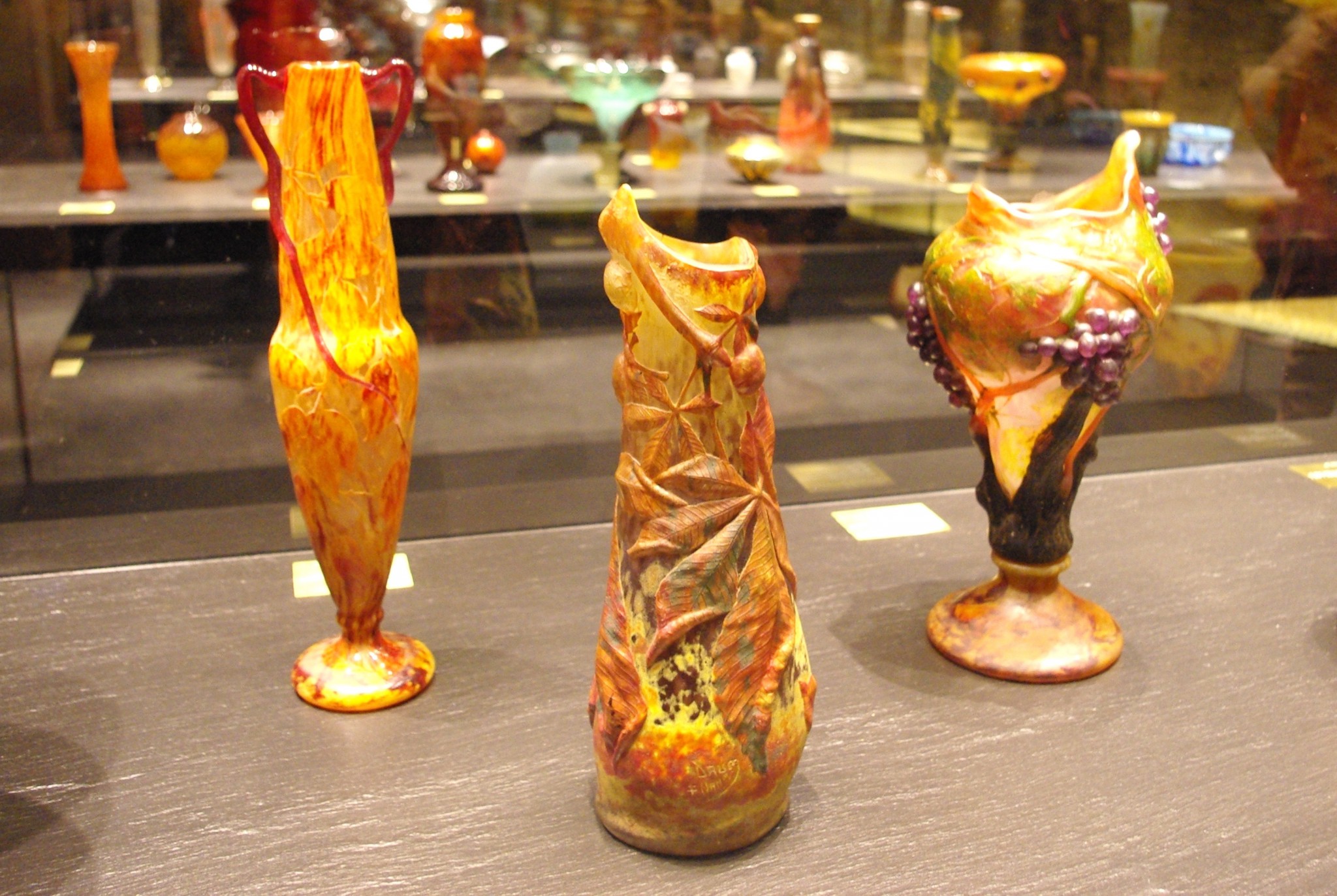
Famous paintings on display
The Fine Arts Museum of Nancy has some famous paintings on display, here is a selection:
La transfiguration, by Pierre Paul Rubens, 1615.
L’ivresse de Silène, by Carle Van Loo, 1747.
La Bataille de Nancy, by Eugène Delacroix, 1831.
Jeune femme assise, by Hyppolyte Petitjean, 1892.
Coucher de soleil à Étretat, by Claude Monet, 1883.
Jeune Nancéienne dans un paysage de neige, by Émile Friant, 1887.
Port de la Rochelle, by Paul Signac, 1915.
La Femme blonde, by Amedeo Modigliani, 1918.
(painting on the left) Homme et Femme, by Pablo Picasso, 1971.
English-French Vocabulary
(f) for féminin, (m) for masculin, (adj) for adjective and (v) for verbs
- art = art (m)
- barbican = barbican (m)
- basement = sous-sol (m)
- collections = collections (f)
- crystal = cristal (m)
- to display = exposer (v)
- drawing = dessin (m)
- engraving = gravure (f)
- exhibition = exposition (f)
- Fine Arts = Beaux-Arts (m)
- fortification = fortification (f)
- glassware = verrerie (f)
- Middle-Ages = Moyen-âge (m)
- muséum = musée (m)
- painter = peintre (m)
- painting = peinture (f)
- pavillon = pavillon (m)
- print (engraving art) = estampe (f)
- sculpture = sculpture (f)
- sketch = esquisse (f) / croquis (m)
- staircase = escalier (m)
- wrought-iron = fer forgé (m)
Check out the Official website of the Fine Arts Museum of Nancy
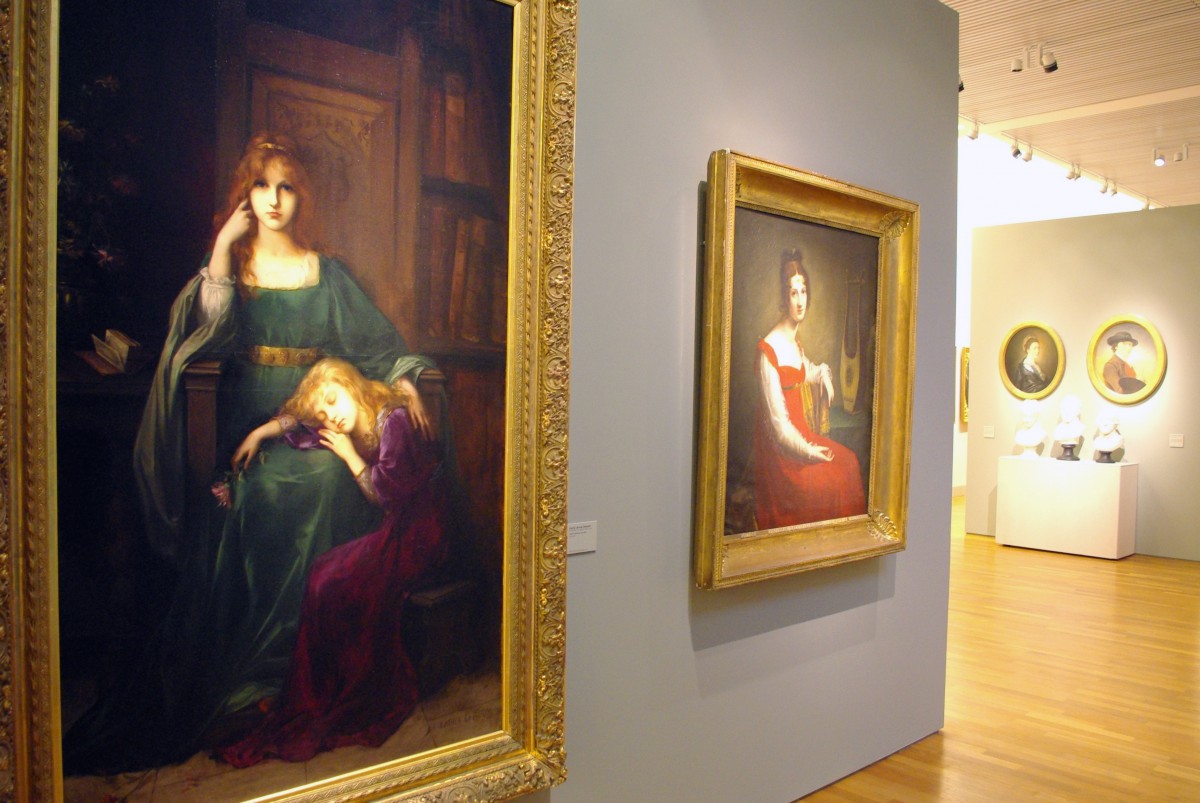
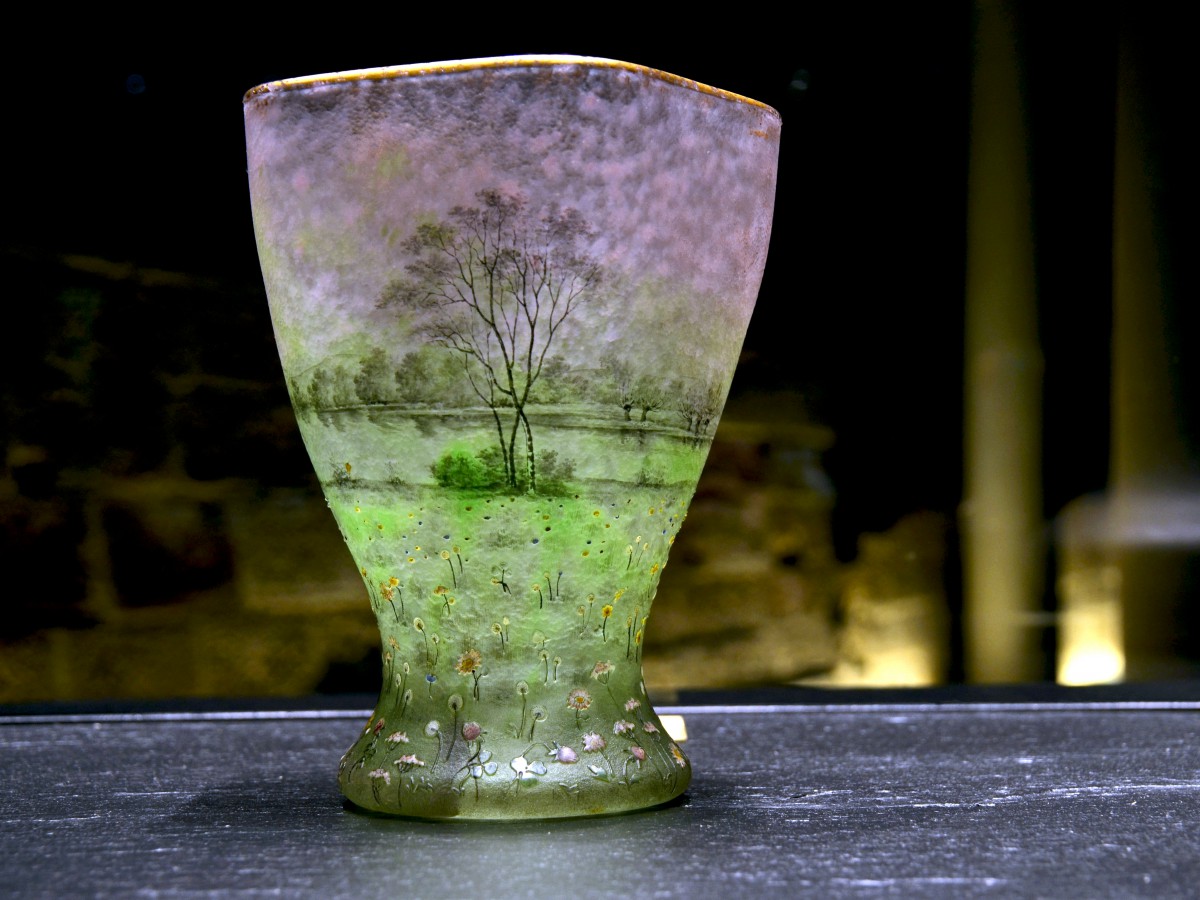
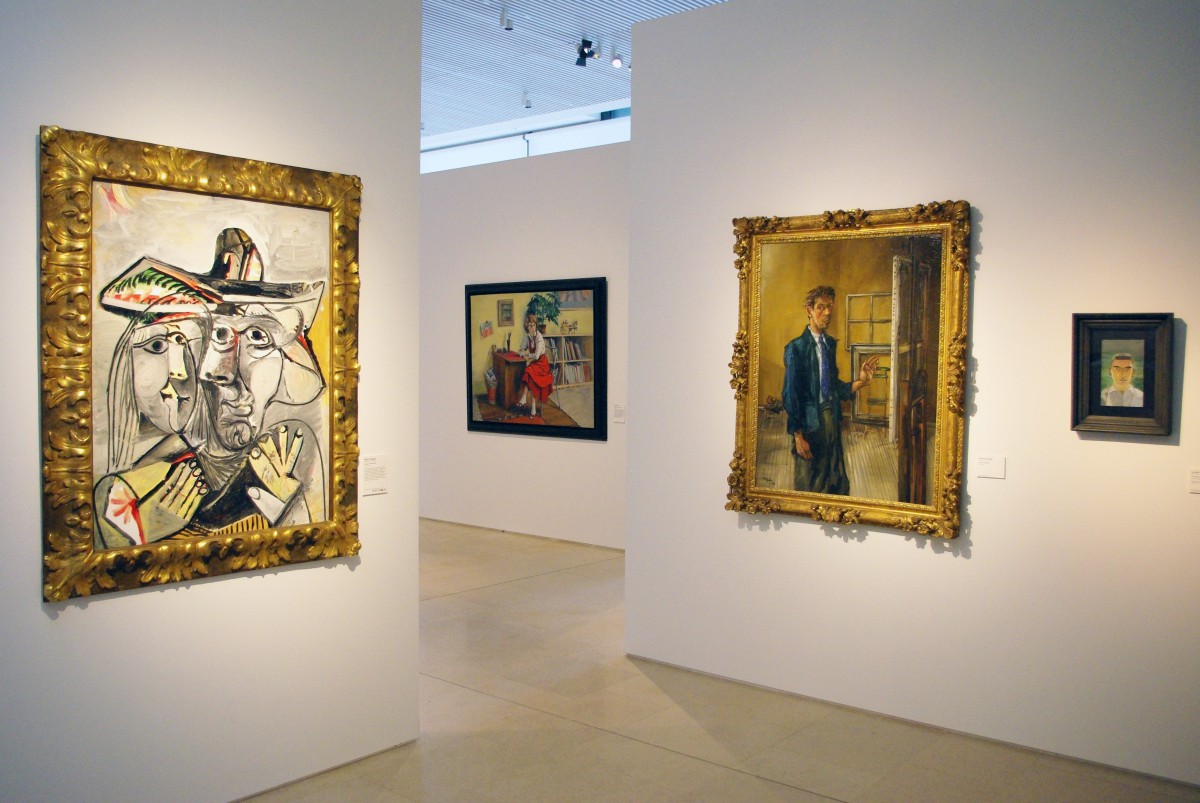

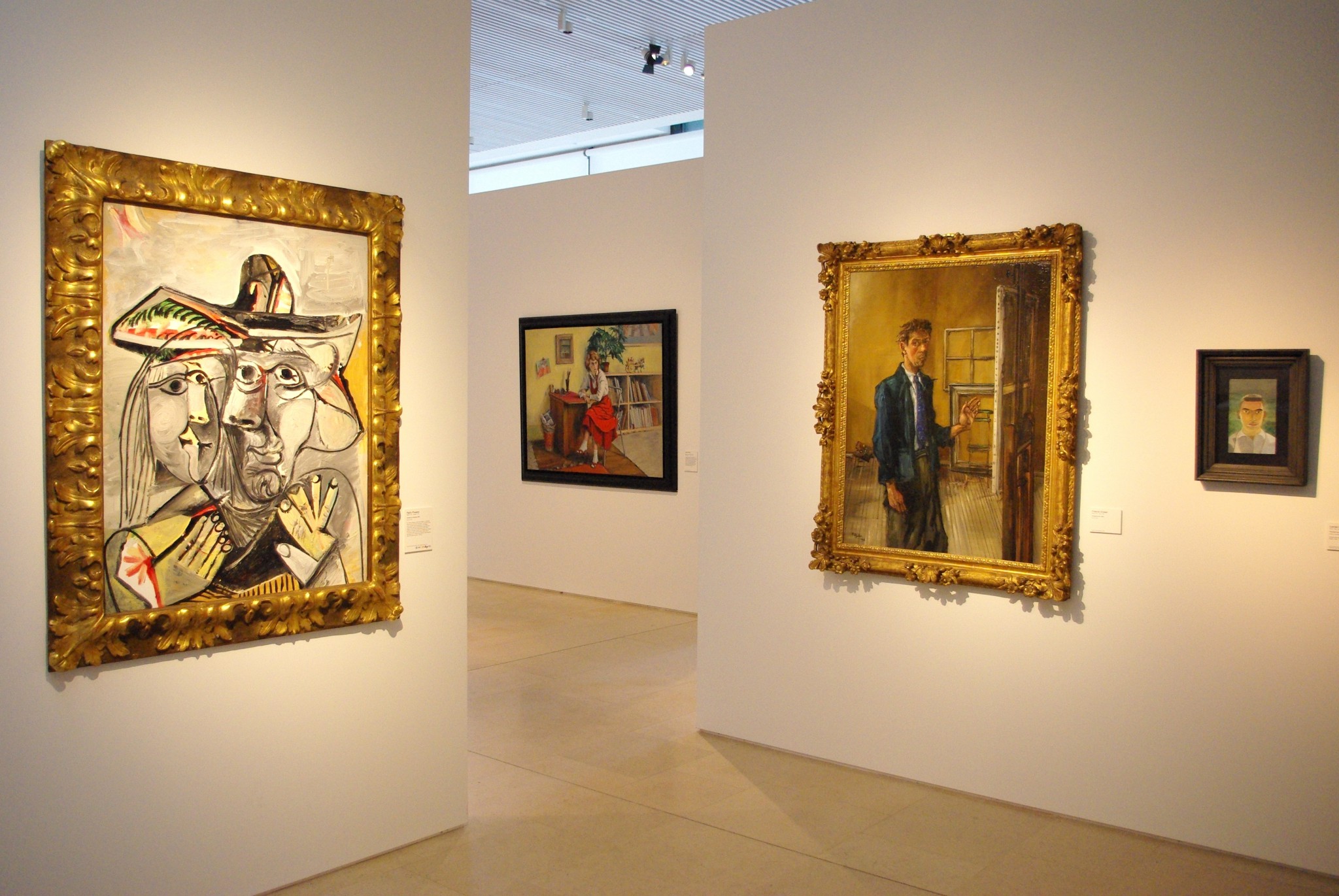



Quel merveilleux article sur le musée des Beaux-Arts de Nancy ! J’ai vraiment apprécié la façon dont vous avez décrit les collections fascinantes et la riche histoire de cet endroit magnifique. Les détails que vous avez inclus sur les chefs-d’œuvre de l’École de Nancy et les expositions temporaires m’ont vraiment donné envie de visiter ce musée lors de ma prochaine visite en France. Merci d’avoir partagé toutes ces informations intéressantes ! Avec mes meilleures salutations, Charlotte Leo.
Merci beaucoup Charlotte !